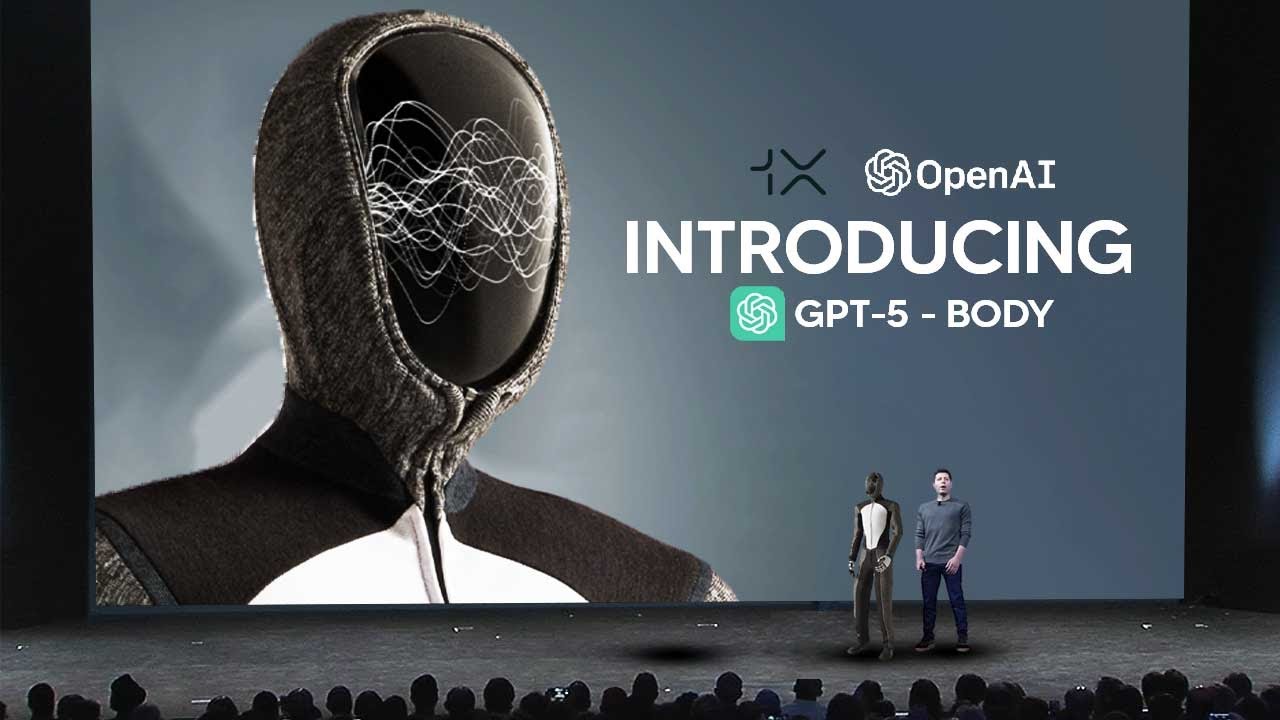The video showcases the 1X Neo beta robot, developed by 1X Robotics with backing from OpenAI, highlighting its advanced movement, dexterity, and human-like interactions, such as assisting with tasks and offering hugs. With features like bioinspired actuators and a sophisticated vision system, Neo demonstrates the potential for humanoid robots to integrate seamlessly into everyday life, raising questions about their future roles alongside humans.
The video showcases a groundbreaking demonstration of the 1X Neo beta robot, developed by 1X Robotics, a company backed by OpenAI. The demo highlights the robot’s advanced movement and agility, showcasing its potential in the field of humanoid robotics. Viewers are treated to a 30-second clip that emphasizes the fluidity of Neo’s movements, leading to discussions on social media about whether it is a human in a suit or an actual robot. This level of realism is considered a significant achievement for the developers, as it indicates the robot’s design closely mimics human behavior.
One of the standout features of Neo is its ability to perform tasks that require human-like dexterity. The video illustrates Neo patiently waiting for a woman to finish tying her shoelaces before bending down to pick up an item, demonstrating its fluid and agile movements in real-time. This capability is particularly noteworthy as it suggests that Neo could assist elderly individuals who may struggle with such physical tasks due to age-related mobility issues. The robot’s design incorporates bioinspired actuators that mimic human muscles, allowing for a level of precision and dexterity previously unseen in humanoid robots.
The demo also highlights Neo’s advanced vision system, which enables it to track and interact with humans effectively. For instance, when the woman returns, Neo extends its arm for a hug, showcasing its safety features and gentle touch. This design prioritizes harmonious coexistence with humans, rather than dominance, which is a crucial aspect of developing robots intended for everyday interactions. The video further explores Neo’s capabilities in various environments, such as a kitchen, where it demonstrates its ability to unload a dishwasher with precision and care.
In addition to its dexterity, Neo’s strength is emphasized through various tasks, such as lifting a racing bike and pouring cocoa beans into a coffee machine. These tasks require a high level of precision and control, which many existing humanoid robots struggle to achieve. The video explains that Neo’s walking abilities are based on machine learning rather than pre-programmed movements, allowing for more adaptable and natural locomotion. While the walking capabilities are still being refined, the developers aim to achieve human-like efficiency in movement by the end of the year.
The video concludes by discussing the technical specifications of Neo, including its 20 degrees of freedom, grip strength capable of deadlifting 70 kg, and a tendon-driven system that mimics human muscle movement. The robot is designed to be compliant and safe, allowing it to interact flexibly with its environment. The developers emphasize the importance of matching human dynamics and kinematics for accurate skill replication. Overall, the video raises intriguing questions about the future of humanoid robots and their potential integration with advanced AI systems, suggesting a future where robots like Neo could perform a wide range of tasks alongside humans.
